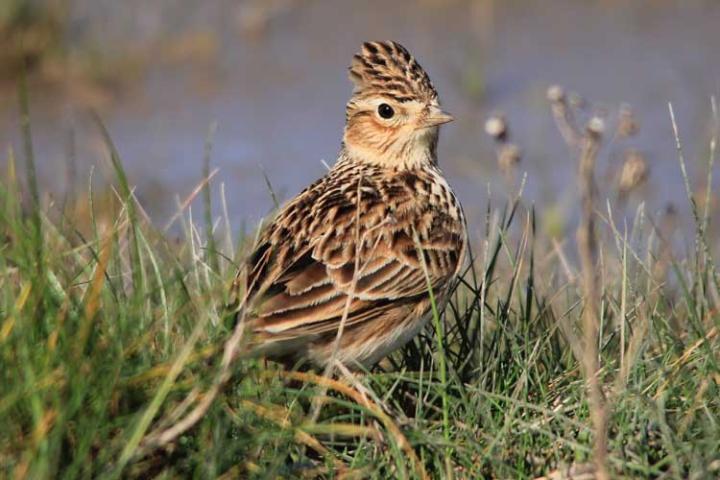The work offers strong visual engagement.
The silhouettes highlight the shape of skylarks in movement-in-a-moment, which offers unique visual experience.
When standing near to it, viewers will need to look up, which offers a new visual field and perspective to explore, inviting appreciation of sky as well as the sculpture.
Different skyscapes will make for changing visual experiences. There is also a nice parallel with the act of seeing real skylarks – one has to look up.
From a distance, the work creates a point of interest, drawing the eye.
Nest boxes offer additional visual engagement, with potential for watching nesting and feeding behaviours.
Element of an imagined kinaesthetic or proprioceptive sensory experience too – with the skylarks captured in flight, soaring and swooping. There’s a potential to imagine these feelings in the body.
Sculptures may create wonderful shadows as well, for additional visual engagement and interest.
The work is not only something to look at, but somewhere to look from – as a landmark to look out over meadows and trees.
It’s a place to pause and stop. There is potential for people to take a moment to experience the full sensory experience of being in nature – the sounds, smells, feeling of the breeze, and visual details.

